Mr. Masabumi Hosono was criticized by Japanese public opinion for ignoring the principle of prioritizing women and children and refusing to "die with honor" in the Titanic disaster.
On the cold night of April 14, 1912, the Titanic's maiden voyage turned disastrous when the ship struck an iceberg, killing more than 1,500 people. Masabumi Hosono was one of about 700 survivors.
Before boarding the fateful second-class voyage, Hosono, 42, was working in Russia as a deputy commissioner of the Railway Bureau of the Japanese Ministry of Transport. He is believed to have been the only Japanese passenger on the Titanic, which departed from Southampton, England.
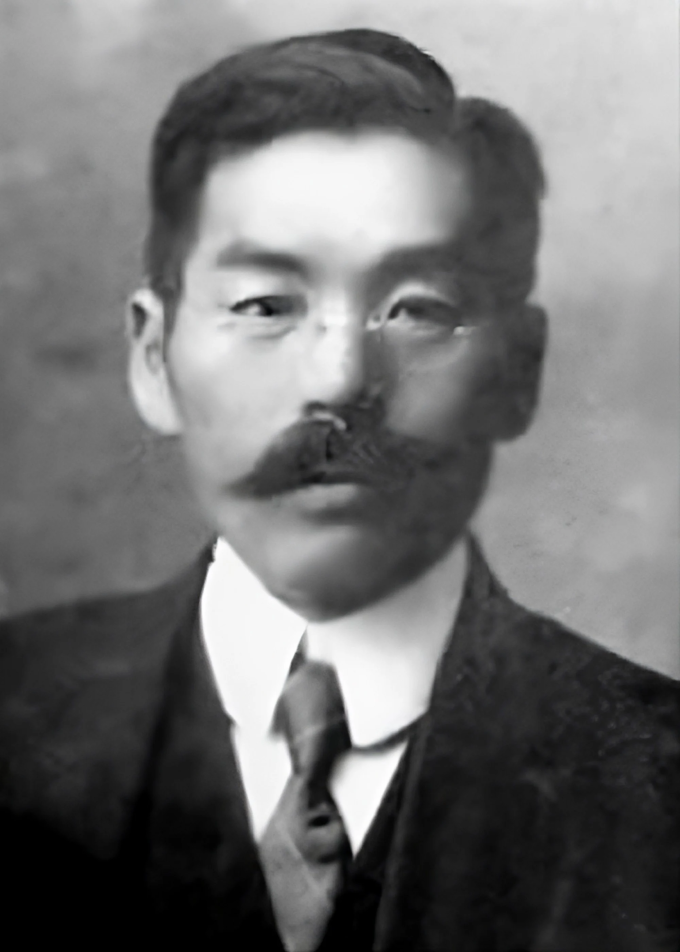
Masabumi Hosono, a Japanese man who survived the Titanic sinking in 1912. Photo: SCMP
Hosono wrote about his terrifying experience in letters to his wife in the days after the Titanic sank, which were made public by his family in 1997. According to the letters, on the night of April 14, 1912, he was awakened by a knock on his cabin door while sleeping. He was initially barred from the deck where the lifeboats were launched because a crew member assumed he was a third-class passenger.
After reaching the deck, Hosono was shocked to see emergency flares being fired. "They were constantly being fired into the air. You couldn't shake the feeling of fear and abandonment," he described.
As the number of lifeboats dwindled rapidly, "he tried to calmly prepare for the last moment. But he still searched and waited for any chance to survive," Hosono said.
That opportunity came when a sailor who was loading passengers onto the lifeboat said there were two empty seats. One man seized the opportunity and immediately rushed forward. Hosono was hesitant at first.
"I was in despair at the thought of not being able to see you and the children again, as I had no choice but to share the same fate as the Titanic," Hosono wrote in a letter to his wife. "But the man who boarded the ship urged me to seize this last chance."
Hosono boarded a lifeboat and returned to Japan. Unlike stewardess Violet Jessop or American social activist and philanthropist Margaret Brown, who were warmly welcomed survivors of the sinking, Hosono was shunned by his own country.
He faced harsh criticism from the Japanese press, which condemned the men for their cowardice and praised the bravery of the passengers who died on the ship.
According to Metropolis Japan magazine, Hosono was hated for not following the principle of prioritizing women and children and not daring to accept death with honor as in the spirit of Bushido. Therefore, he was subjected to what the Japanese call "mura hachibu", or "social boycott".
Hosono lost his job in 1914. Although he was rehired as a part-timer, the stigma attached to him continued to haunt him for the rest of his life. Hosono lived in shame and seclusion until his death in 1939 from illness. Even after Hosono was gone, his family avoided mentioning the Titanic.
Hatred of Hosono lasted into the 1990s and was further fueled by negative publicity from the Japanese media following James Cameron's film Titanic.
In 1997, Hosono's family made his comments public. After reviewing the documents, AP determined that one of the reasons Hosono was so hated was that he was mistaken for an Asian man on Lifeboat 13. Many witnesses described this man's "despicable" actions in trying to survive. Meanwhile, Hosono helped row Lifeboat 10 away from the sinking ship, saving the lives of many passengers.
Matt Taylor, an American researcher and scholar on the Titanic, said the discovery had "restored honor and dignity" to Hosono.
Hosono's account is one of the most detailed accounts of what happened on the ill-fated ship. "I have read hundreds of survivor accounts and none have impressed me as much as Mr. Hosono's," Michael Findlay, founder of the Titanic International Society in the United States, said in 1997.
Vu Hoang (According to Business Insider )
Source link


![[Photo] General Secretary To Lam meets and expresses gratitude to Vietnam's Belarusian friends](https://vphoto.vietnam.vn/thumb/1200x675/vietnam/resource/IMAGE/2025/5/11/c515ee2054c54a87aa8a7cb520f2fa6e)
![[Photo] General Secretary To Lam concludes visit to Russia, departs for Belarus](https://vphoto.vietnam.vn/thumb/1200x675/vietnam/resource/IMAGE/2025/5/11/0acf1081a95e4b1d9886c67fdafd95ed)
![[Photo] General Secretary To Lam arrives in Minsk, begins state visit to Belarus](https://vphoto.vietnam.vn/thumb/1200x675/vietnam/resource/IMAGE/2025/5/11/76602f587468437f8b5b7104495f444d)



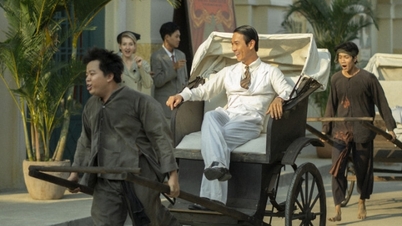





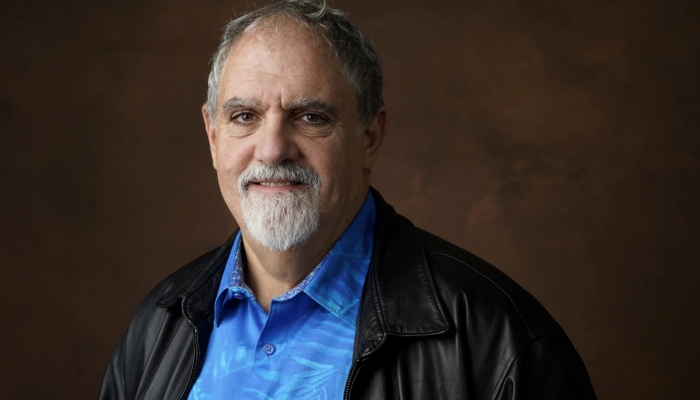


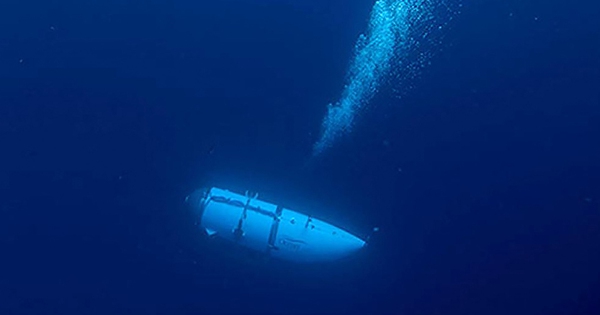





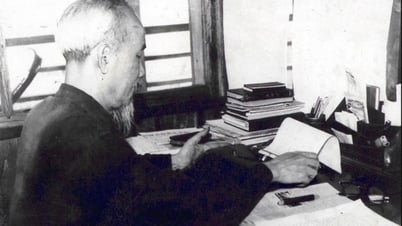










![[Photo] National Assembly Chairman Tran Thanh Man attends the Party Congress of the Committee for Culture and Social Affairs](https://vphoto.vietnam.vn/thumb/1200x675/vietnam/resource/IMAGE/2025/5/11/f5ed02beb9404bca998a08b34ef255a6)

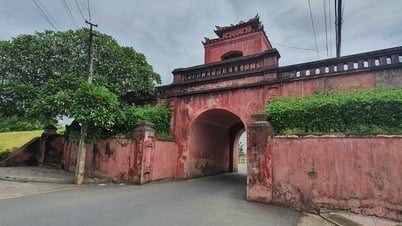



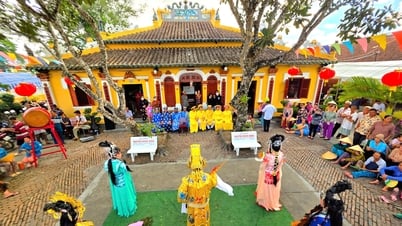
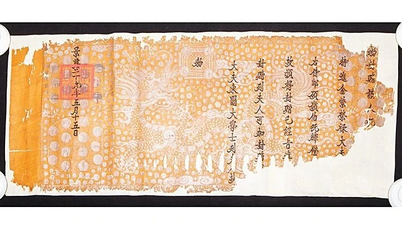






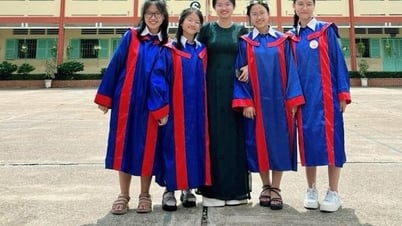



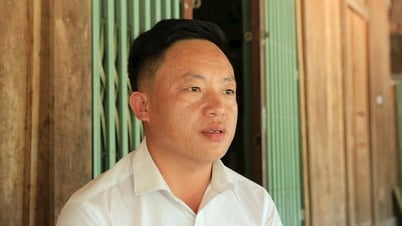


















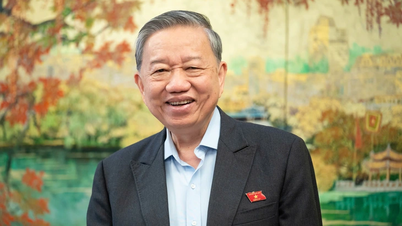











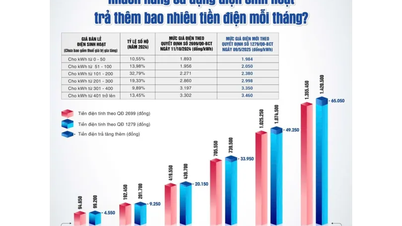















Comment (0)